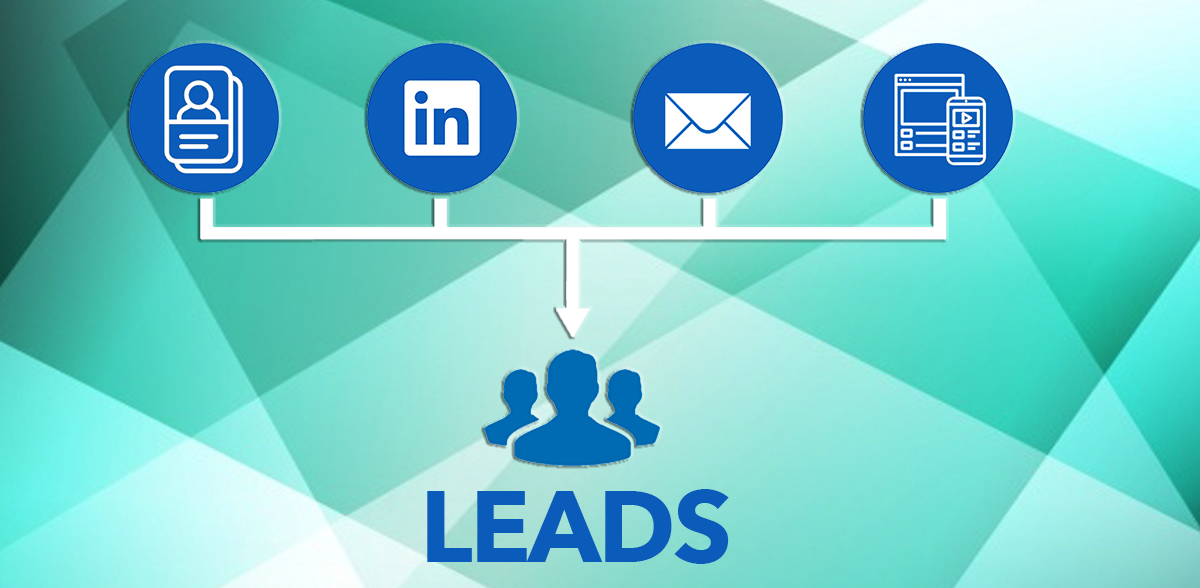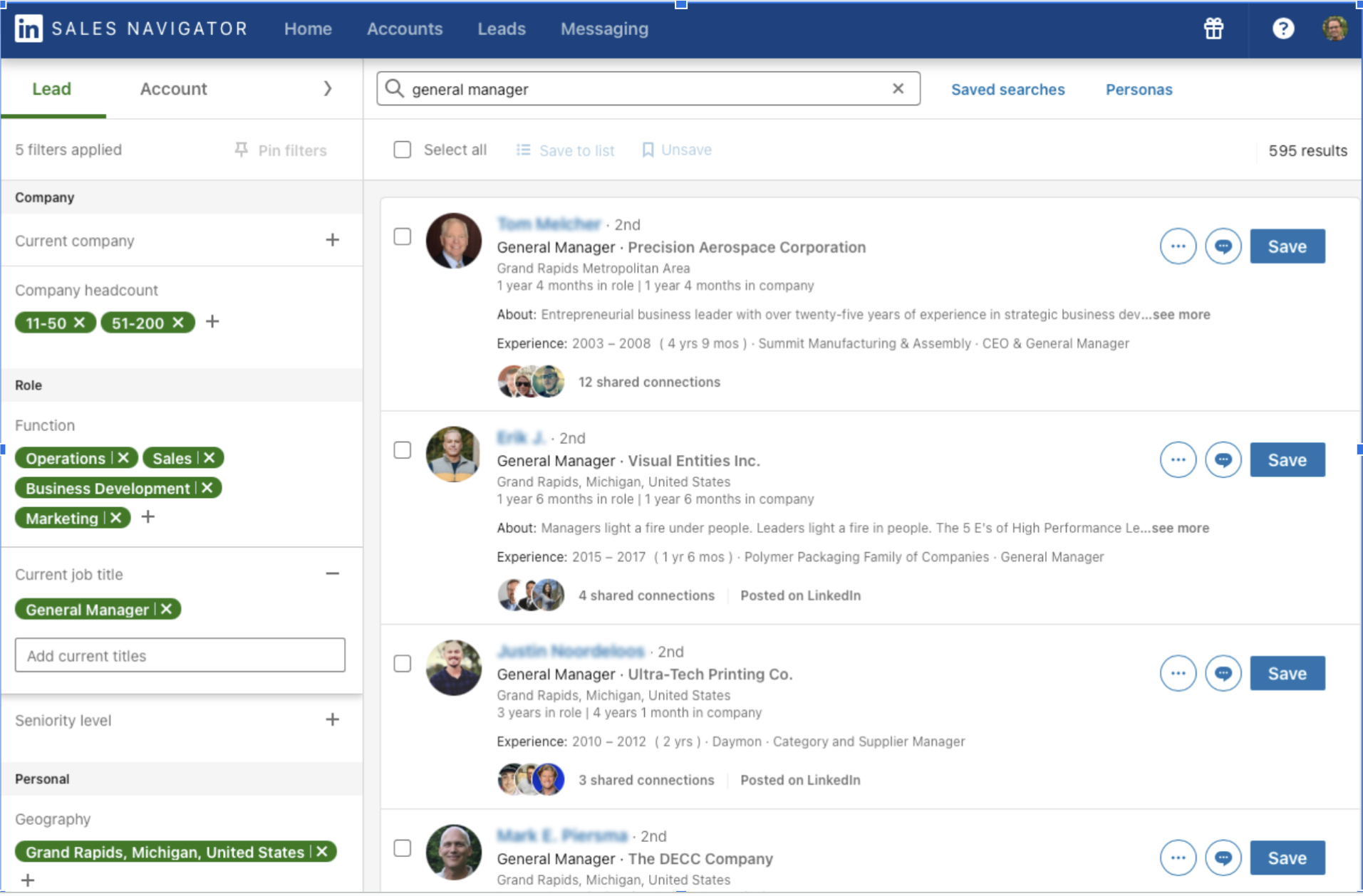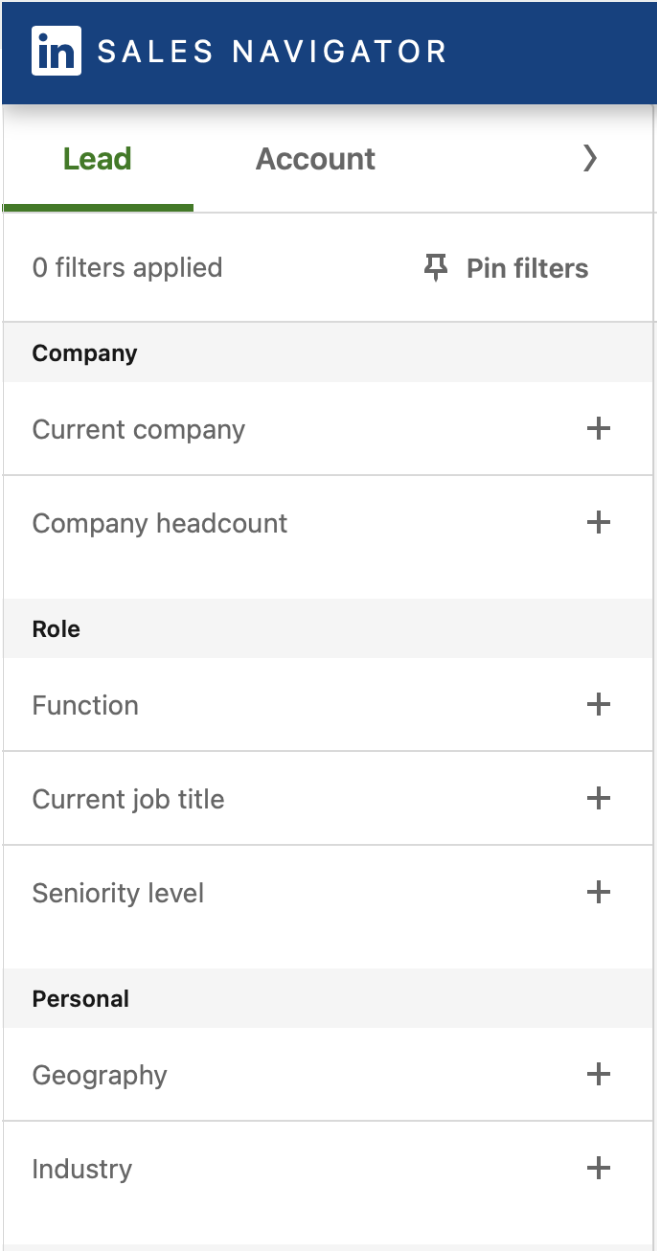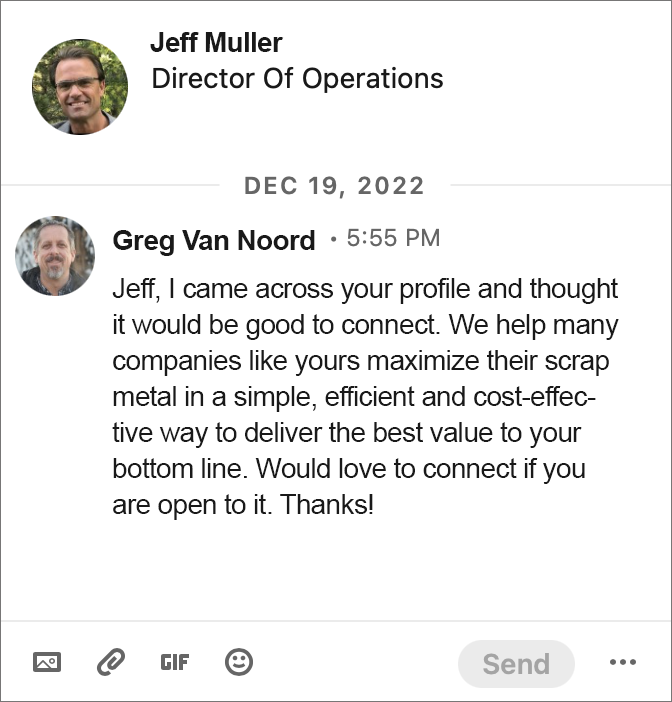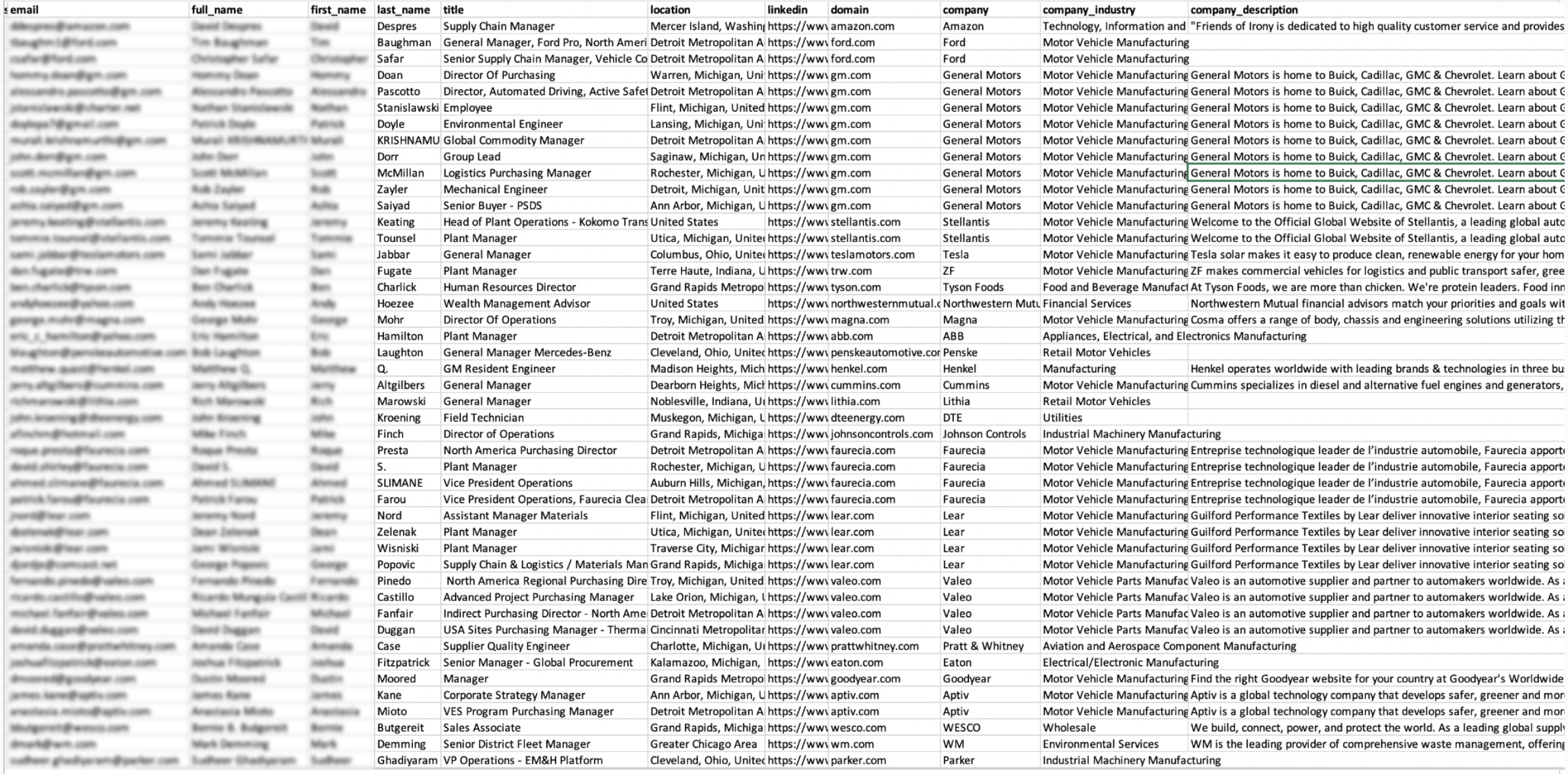One of our goals at FSE Connect is to generate leads for our clients. We have a new strategy that we’d like to share with you.
Note: Because most, if not all, of our clients, are very busy, so we handle this process for them. The tactical stars of this strategy are LinkedIn and Email Marketing, however, you’ll need to also develop valuable and relevant content to share via LinkedIn and Email.
Step 1: Create Target Personas
Before focusing on tactics, it’s critical to understand as much as possible about who your ideal customer is, so your marketing and lead-generation efforts can be successful. Many companies make the mistake of creating company-centric marketing focusing on their products and services, their story, their history, their team, and so on. Remember, your users have problems they’re trying to solve, so you need to understand what they are, and provide the solutions while differentiating from your competition. A persona helps you focus your marketing content around their needs.
Download a Persona Template (MS Word)
Persona Template (PDF)
Step 2: Content Marketing: Develop Content and Offers
Now that you know what your target personas’ needs and issues are, it’s time to create content and solutions that you can offer via your website, LinkedIn and Email.
The effectiveness of offers in B2B content marketing often depends on your industry, but here are some ideas:
- White Papers and E-books: These are an excellent way to demonstrate thought leadership and industry expertise. You can offer these in exchange for a prospect’s contact information.
- Webinars and Online Courses: They allow businesses to share their knowledge and expertise with their audience in a dynamic and interactive way. Attendees usually have to register in advance, which gives you their contact details for future marketing.
- Free Trials or Demos: If you have a product that businesses can use, offering a free trial or demo can help potential customers see the value in what you’re offering.
- Case Studies: Showcasing success stories with real clients can be a very compelling way to prove your solution’s worth. It’s evidence that your product or service delivers results.
- Newsletters: Regular industry updates or insights delivered to a user’s inbox can be a valuable offer. It keeps your audience engaged with your brand over a longer period.
- Industry Reports and Research: Original research can position your brand as a thought leader and provide value to your potential customers.
- Consultations or Assessments: These offers provide potential customers with personalized insights or strategies, which can be a powerful incentive to engage further with your company.
- Templates or Tools: Providing resources that help businesses streamline their processes or improve their effectiveness can demonstrate your value and expertise.
- Discounts or Exclusive Deals: Financial incentives can often be an effective way to encourage businesses to try your product or service. This might include early-bird pricing, volume discounts, or exclusive bundles.
- Events: Invitations to networking events, trade shows, or private gatherings can create opportunities for direct interaction and deepen business relationships.
Effective B2B content marketing is about creating value for your audience. It’s not enough to just make an offer – you need to ensure the content you’re providing is genuinely useful and relevant to your audience. Understanding your target market’s needs and preferences is key to creating effective offers.
Step 3: Optimize Your LinkedIn Profile
Turn your profile into a sales tool that positions you as a trusted expert to help solve your prospects’ needs and issues.
- Customize your header graphic
- Add a professional photo
- Your job title should include a statement that describes how you benefit and help companies
- Write your summary (aka your sales pitch) around the following key points:
- How you can add value
- How you’re unique
- What insights you offer
- That you understand their issues
- Have a solution that can help solve a problem
- Include media samples like articles, videos, and case studies.
- Add testimonials
Step 4: Search for Prospects on LinkedIn
Sales Navigator provides several search filters and the ability to save prospects and create lists. LinkedIn will also recommend leads based on your saved searches.
The most common search criteria we use:
- Current Company
- Role (Operations, Purchasing, Management, etc.)
- Job Title
- Seniority Level
- Industry
- Company size (headcount)
- Geography
Search results can be in the thousands, so it’s helpful to segment results into manageable lists that can be followed up by multiple sales team members.
Step 5: Send Connect Requests
Step 4: Send Connect Requ
- Decide how many connections you need. 500? 1000?
- Connection request acceptance rate is usually 10-20% depending on the industry.
- If we need 1000 and if the acceptance rate is 20% then we need to send out 5000 requests.
- LinkedIn connection request daily limit is 150
- To send 150 requests manually would take 10-12 hrs per day
- Our automated process only takes 1 hour per day
- On average, we spend 4-5 hrs per week (16-20 hrs per month) sending requests and thank you for connecting messages.
- On average, our clients receive 100-125 new connections/mo.
Step 6: Post-Connection Message Sequence
After a connection request is accepted, we send a brief thank you message and avoid launching into any sort of sales pitch. After a few days, since we’ve studied our target personas and know what they need and what some of their issues are, we try to be helpful by offering the helpful content we developed (see Step 2). Again, we’re not in selling mode here, rather were are building trust and demonstrating our (your) expertise with educational content.
- Message #1: “Thank you for connecting…have a great rest of your week”
- Message#2: Educational message that addresses an issue/need and helps you stay top of mind
- Message #3: Promotional message that focuses on a solution we offer to one of their problems/issues.
- Message #4: Educational message
- Message #5: Promotional message that focuses on a solution we offer to one of their problems/issues.
This sequence will keep you top of mind and differentiate you because initially, you’re not trying to sell anything—you’re just trying to be helpful.
Step 7: Download Contacts into CRM and Email Database
If you don’t have a CRM, you can store the data in a spreadsheet.
- We now have the capability to obtain contacts’ WORK email addresses (not just the personal email address in their LinkedIn profile)
- The download also includes D&B company info such as address, headcount, annual revenue, industry, etc.
- After a few months you will have hundreds of targeted prospects to follow up with.
This is a screenshot of an actual spreadsheet that contains over 2000 new prospects.
Step 8: Email Marketing
Email is one of the lowest cost and most effective marketing tactics to stay top of mind.
- Alternate each week between personal
Email and company “email newsletter” - Current email platform: Constant Contact
- Marketing automation
- CRM system integration
If your sales team needs more leads, contact us to set up a 30-minute Zoom call so we can customize the strategy to your needs and provide you with an estimate.


